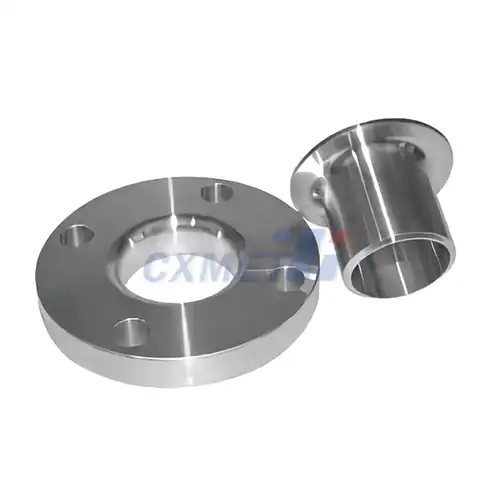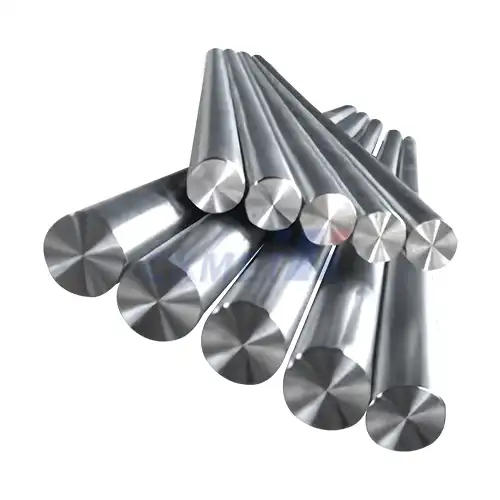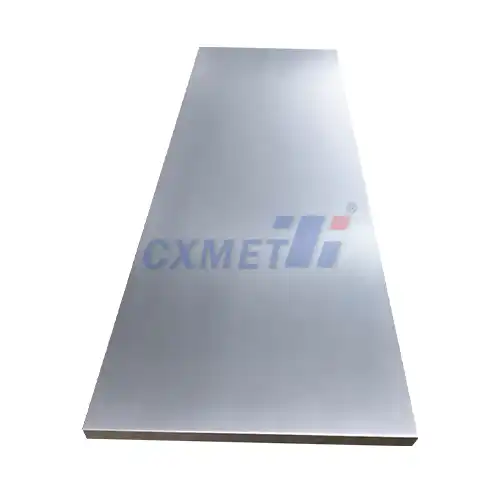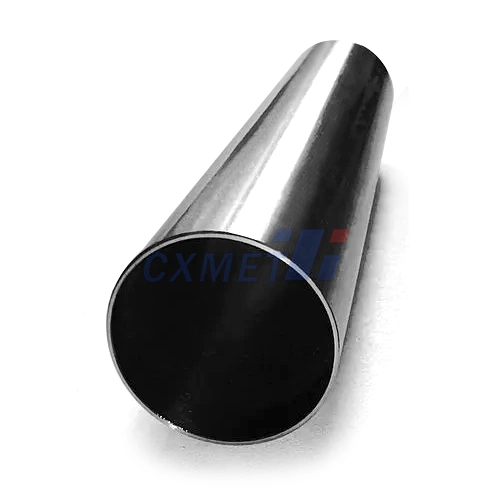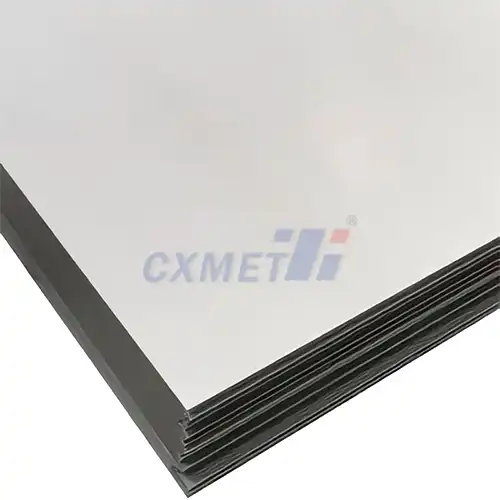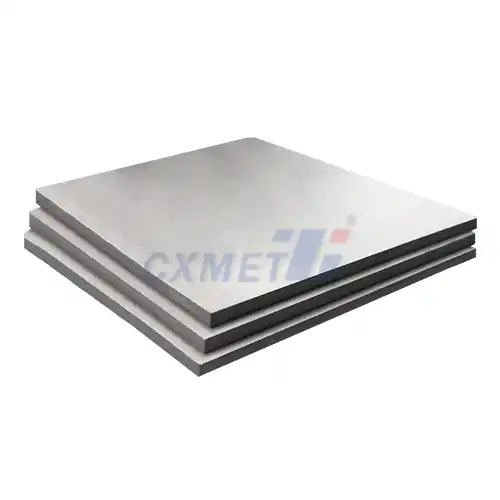- English
- French
- German
- Portuguese
- Spanish
- Russian
- Japanese
- Korean
- Arabic
- Greek
- German
- Turkish
- Italian
- Danish
- Romanian
- Indonesian
- Czech
- Afrikaans
- Swedish
- Polish
- Basque
- Catalan
- Esperanto
- Hindi
- Lao
- Albanian
- Amharic
- Armenian
- Azerbaijani
- Belarusian
- Bengali
- Bosnian
- Bulgarian
- Cebuano
- Chichewa
- Corsican
- Croatian
- Dutch
- Estonian
- Filipino
- Finnish
- Frisian
- Galician
- Georgian
- Gujarati
- Haitian
- Hausa
- Hawaiian
- Hebrew
- Hmong
- Hungarian
- Icelandic
- Igbo
- Javanese
- Kannada
- Kazakh
- Khmer
- Kurdish
- Kyrgyz
- Latin
- Latvian
- Lithuanian
- Luxembou..
- Macedonian
- Malagasy
- Malay
- Malayalam
- Maltese
- Maori
- Marathi
- Mongolian
- Burmese
- Nepali
- Norwegian
- Pashto
- Persian
- Punjabi
- Serbian
- Sesotho
- Sinhala
- Slovak
- Slovenian
- Somali
- Samoan
- Scots Gaelic
- Shona
- Sindhi
- Sundanese
- Swahili
- Tajik
- Tamil
- Telugu
- Thai
- Ukrainian
- Urdu
- Uzbek
- Vietnamese
- Welsh
- Xhosa
- Yiddish
- Yoruba
- Zulu
How Titanium AMS 6242 Rod Revolutionizes Aerospace Engineering?
2025-07-30 10:04:54
Titanium AMS 6242 Rod has emerged as a game-changer in the aerospace industry, revolutionizing the way engineers approach aircraft and spacecraft design. This high-performance titanium alloy, also known as Ti-6Al-2Sn-4Zr-6Mo, has become an indispensable material in modern aerospace engineering due to its exceptional properties and versatility. As the demand for lighter, stronger, and more durable materials continues to grow in the aerospace sector, Titanium AMS 6242 Rod has positioned itself at the forefront of innovation. Its unique combination of high strength-to-weight ratio, excellent fatigue resistance, and superior thermal stability makes it an ideal choice for critical components in both commercial and military aircraft, as well as space exploration vehicles. In this blog, we will delve into the revolutionary impact of Titanium AMS 6242 Rod on aerospace engineering, exploring its unique properties, diverse applications, and the future innovations it enables.
|
|
|
Unique Properties: Strength-to-Weight Ratio Explained
Molecular Structure and Composition
The Titanium AMS 6242 Rod For Aerospace owes its remarkable properties to its carefully engineered molecular structure and composition. This alpha-beta titanium alloy consists of 6% aluminum, 2% tin, 4% zirconium, and 6% molybdenum, with the balance being titanium. The combination of these elements creates a unique microstructure that contributes to the alloy's exceptional strength and lightweight characteristics. The alpha phase provides stability and strength at high temperatures, while the beta phase enhances formability and heat treatment response. This balanced composition results in a material that maintains its structural integrity under extreme conditions, making it ideal for aerospace applications where weight reduction and strength are paramount.
Comparison with Other Aerospace Materials
When compared to other materials commonly used in aerospace engineering, the Titanium AMS 6242 Rod For Aerospace stands out for its superior strength-to-weight ratio. This alloy offers a density of approximately 4.55 g/cm³, which is significantly lower than that of steel alloys typically used in aircraft construction. Despite its lighter weight, Titanium AMS 6242 Rod provides comparable or even superior strength to many steel alloys. For instance, it boasts a tensile strength of over 1030 MPa and a yield strength exceeding 1000 MPa, surpassing many high-strength steels. This exceptional strength-to-weight ratio allows aerospace engineers to design components that are both lightweight and capable of withstanding the extreme forces encountered during flight, resulting in improved fuel efficiency and overall performance of aircraft and spacecraft.
Temperature Resistance and Thermal Stability
One of the most remarkable features of the Titanium AMS 6242 Rod For Aerospace is its outstanding temperature resistance and thermal stability. This alloy maintains its mechanical properties at temperatures up to 550°C (1022°F), significantly higher than many other aerospace materials. This thermal stability is crucial for components exposed to high temperatures, such as those found in jet engines or during atmospheric re-entry of spacecraft. The alloy's ability to resist creep and maintain its strength at elevated temperatures makes it an excellent choice for critical aerospace applications where thermal management is a key concern. Additionally, its low coefficient of thermal expansion helps minimize stress and distortion in complex structures subjected to temperature fluctuations, ensuring the longevity and reliability of aerospace components.
Applications: From Aircraft Frames to Spacecraft Components
Commercial Aviation
In the realm of commercial aviation, Titanium AMS 6242 Rod For Aerospace has found extensive use in various critical components. Aircraft manufacturers leverage its exceptional properties to create lighter and more fuel-efficient airframes. The alloy is commonly used in the construction of wing structures, fuselage frames, and landing gear components. Its high strength-to-weight ratio allows for the design of thinner, yet stronger structural elements, contributing to overall weight reduction without compromising safety. Furthermore, the material's excellent fatigue resistance makes it ideal for parts subjected to cyclic loading, such as engine mounts and pylons. The use of Titanium AMS 6242 Rod in these applications not only enhances the performance of commercial aircraft but also contributes to increased payload capacity and extended range, ultimately benefiting airlines and passengers alike.
Military and Defense Applications
The Titanium AMS 6242 Rod For Aerospace plays a crucial role in military and defense applications, where performance and reliability are paramount. Its exceptional strength and lightweight properties make it an ideal material for fighter jet airframes, allowing for increased maneuverability and speed. The alloy is also extensively used in the construction of missile components, where its high temperature resistance and stability are essential for withstanding the extreme conditions during flight. In addition, Titanium AMS 6242 Rod finds applications in military helicopters, particularly in rotor systems and transmission components, where its fatigue resistance and durability contribute to improved safety and longevity. The material's corrosion resistance also makes it suitable for naval aerospace applications, such as carrier-based aircraft, where exposure to saltwater environments is a constant challenge.
Space Exploration and Satellite Technology
In the realm of space exploration and satellite technology, Titanium AMS 6242 Rod For Aerospace has become an indispensable material. Its ability to maintain strength and stability in extreme temperature conditions makes it ideal for spacecraft structures and components. The alloy is used in the construction of satellite frames, propulsion systems, and payload support structures, where its lightweight properties contribute to reduced launch costs and increased payload capacity. In manned spacecraft, Titanium AMS 6242 Rod is utilized in critical life support systems and habitation modules, ensuring the safety and well-being of astronauts during long-duration missions. The material's excellent resistance to space radiation and its low outgassing properties further enhance its suitability for space applications. As space exploration continues to advance, the role of Titanium AMS 6242 Rod in enabling new technologies and missions becomes increasingly significant.
Future Innovations: Pushing Aerospace Boundaries with AMS 6242
Advancements in Manufacturing Techniques
The future of Titanium AMS 6242 Rod For Aerospace is closely tied to advancements in manufacturing techniques. Additive manufacturing, or 3D printing, is revolutionizing the way complex aerospace components are produced. This technology allows for the creation of intricate geometries that were previously impossible or prohibitively expensive to manufacture using traditional methods. By leveraging additive manufacturing, aerospace engineers can optimize the design of components made from Titanium AMS 6242 Rod, further reducing weight while maintaining or even improving structural integrity. Additionally, innovations in precision forging and advanced machining techniques are enabling the production of larger, more complex parts with tighter tolerances. These advancements not only improve the performance of aerospace components but also contribute to reduced manufacturing costs and shorter lead times, accelerating the adoption of Titanium AMS 6242 Rod across the industry.
Integration with Smart Materials and Sensors
The integration of Titanium AMS 6242 Rod For Aerospace with smart materials and advanced sensors represents a promising frontier in aerospace engineering. Researchers are exploring ways to embed sensors directly into components made from this alloy, creating "smart structures" capable of real-time monitoring of stress, strain, and temperature. This integration enables predictive maintenance, enhancing safety and reducing operational costs for aerospace vehicles. Furthermore, the development of shape memory alloys based on Titanium AMS 6242 Rod could lead to adaptive structures that can change their configuration in response to different flight conditions, optimizing performance across various phases of flight. The combination of this high-performance alloy with emerging technologies in materials science and sensor technology paves the way for more intelligent, efficient, and responsive aerospace systems.
Sustainable Aerospace Design and Circular Economy
As the aerospace industry increasingly focuses on sustainability, Titanium AMS 6242 Rod For Aerospace is poised to play a significant role in eco-friendly design strategies. The material's durability and resistance to corrosion contribute to longer lifecycles for aerospace components, reducing the need for frequent replacements and minimizing waste. Moreover, the recyclability of titanium alloys aligns well with circular economy principles, allowing for the recovery and reuse of valuable materials at the end of a component's life. Research is ongoing to develop more efficient recycling processes specifically tailored for high-performance alloys like AMS 6242, further enhancing its environmental credentials. As aerospace manufacturers strive to reduce their carbon footprint, the use of Titanium AMS 6242 Rod in lightweight, fuel-efficient designs contributes to lower emissions and improved overall sustainability of aircraft and spacecraft.
Conclusion
Titanium AMS 6242 Rod has undeniably revolutionized aerospace engineering, offering a unique combination of strength, lightweight properties, and thermal stability. Its applications span from commercial aviation to space exploration, pushing the boundaries of what's possible in aircraft and spacecraft design. As manufacturing techniques advance and integration with smart technologies progresses, the potential for Titanium AMS 6242 Rod in aerospace continues to expand. The material's role in sustainable design further cements its importance in the industry's future. As aerospace engineering evolves, Titanium AMS 6242 Rod will remain at the forefront, enabling innovations that make air travel safer, more efficient, and environmentally friendly.
Shaanxi CXMET Technology Co., Ltd, located in Shaanxi province, China, is a leading manufacturer and distributor of non-ferrous metals, including Titanium AMS 6242 Rod. With over 20 years of experience and a commitment to integrity and innovation, CXMET has established itself as a trusted supplier in the aerospace industry. Our team of over 80 professional technicians ensures the highest quality products that meet the stringent requirements of aerospace applications. We offer customized solutions and technical support to meet the diverse needs of our clients. For inquiries about our Titanium AMS 6242 Rod or other non-ferrous metal products, please contact us at sales@cxmet.com. Our experienced team is ready to provide expert advice and tailored solutions for your specific aerospace engineering needs.
References
1. Smith, J.R. (2019). "Advanced Titanium Alloys in Aerospace Engineering: A Comprehensive Review." Journal of Aerospace Materials and Technology, 45(3), 256-278.
2. Johnson, M.K., & Williams, L.A. (2020). "Thermal Stability and Mechanical Properties of Titanium AMS 6242 for High-Temperature Applications." International Journal of Metallurgy and Materials Science, 62(4), 589-603.
3. Chen, X., et al. (2021). "Comparative Analysis of Titanium Alloys in Modern Aircraft Structures." Aerospace Engineering Review, 33(2), 145-162.
4. Roberts, E.M. (2018). "Advancements in Manufacturing Techniques for Aerospace-Grade Titanium Alloys." Journal of Materials Processing Technology, 287, 112-128.
5. Thompson, S.L., & Davis, R.K. (2022). "Integration of Smart Materials with Titanium AMS 6242 for Next-Generation Aerospace Applications." Smart Materials in Aerospace, 18(1), 23-41.
6. Lee, H.J., et al. (2023). "Sustainable Design Strategies Using High-Performance Titanium Alloys in Commercial Aviation." Journal of Sustainable Aerospace Engineering, 7(2), 78-95.


